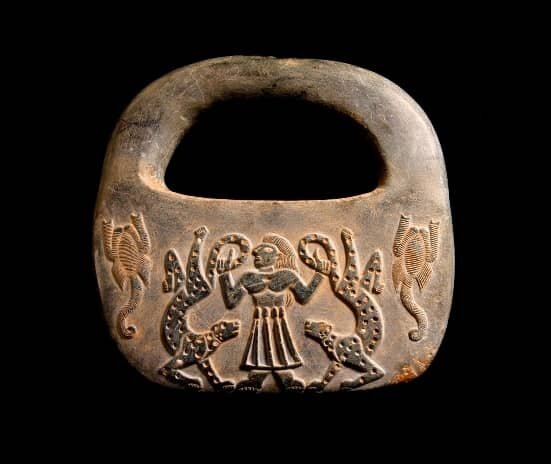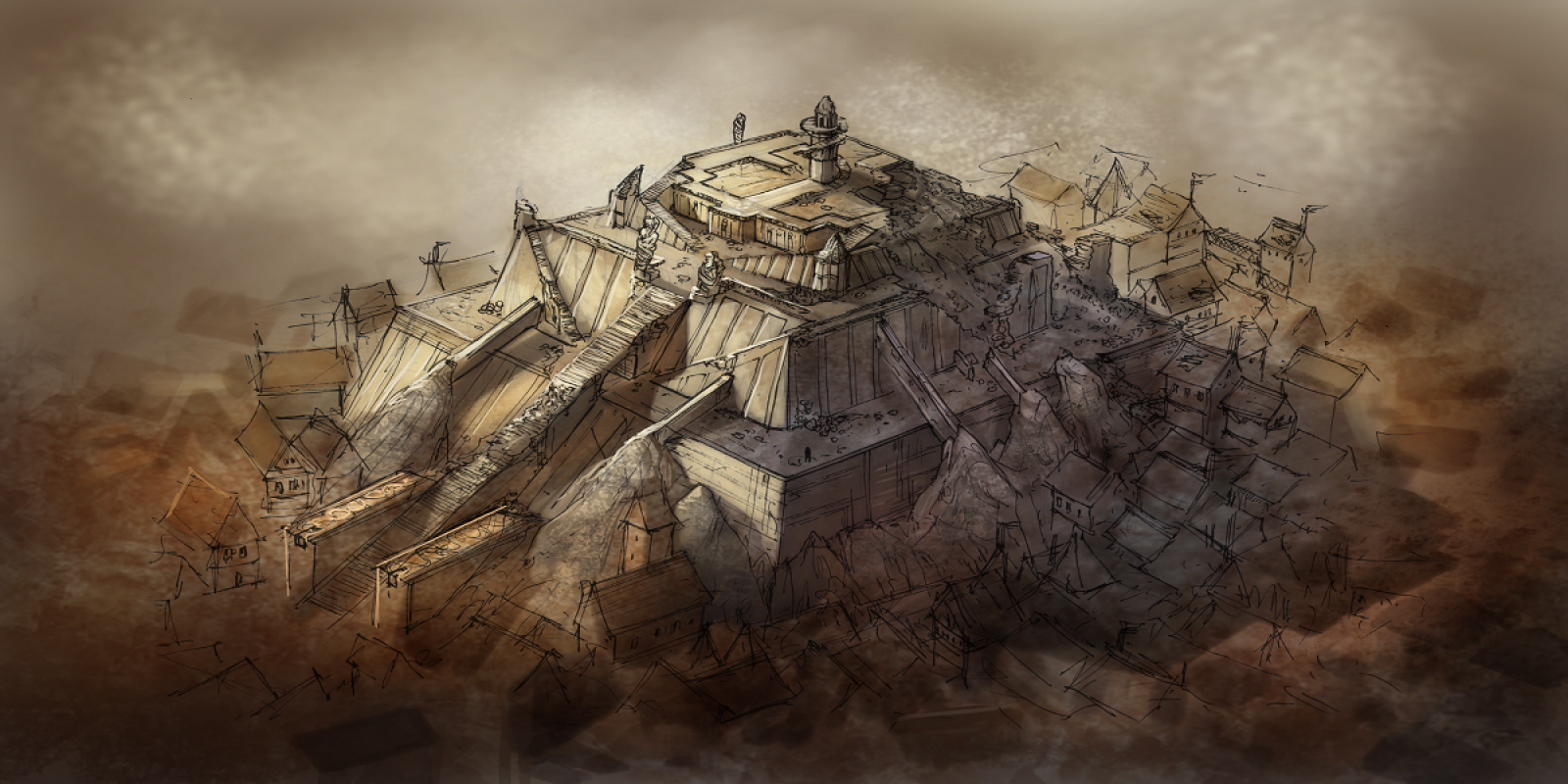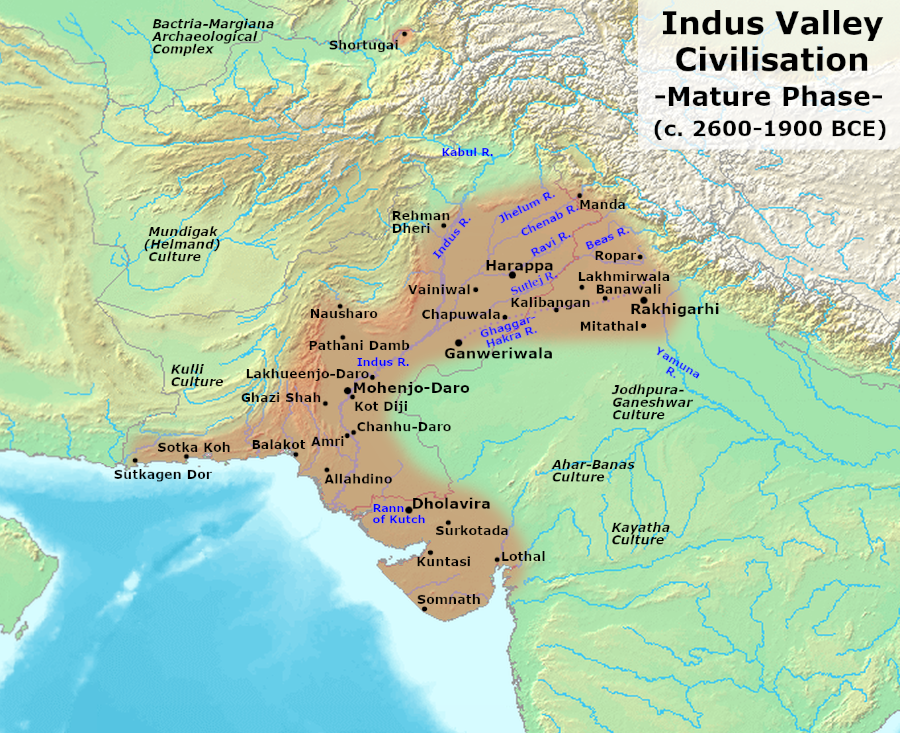In the arid plains of southeastern Iran, nestled along the banks of the Halil River, lies the ancient city of Jiroft. Once a bustling metropolis, Jiroft was the center of a sophisticated civilization that flourished between 2500 and 1700 BC.


The Jiroft civilization was also a major trading center. Evidence suggests that they traded with Mesopotamia, the Indus Valley Civilization, and Central Asia. This trade network allowed them to acquire a wide range of goods, including luxury items such as lapis lazuli and carnelian.


The Jiroft civilization mysteriously declined around 1700 BC. The reasons for their decline are unknown, but some believe that it may have been due to climate change or conflict with neighboring groups.
Despite their relatively short lifespan, the Jiroft people left a lasting legacy. Their artistic achievements are a testament to their creativity and skill, and their trade network helped to connect the ancient world. The Jiroft civilization is a reminder that there are still many mysteries about the ancient world that we have yet to solve.

After reading about the Jiroft civilization, read about The Rock Wall of Texas: Is it really older than any known human civilization on Earth?





